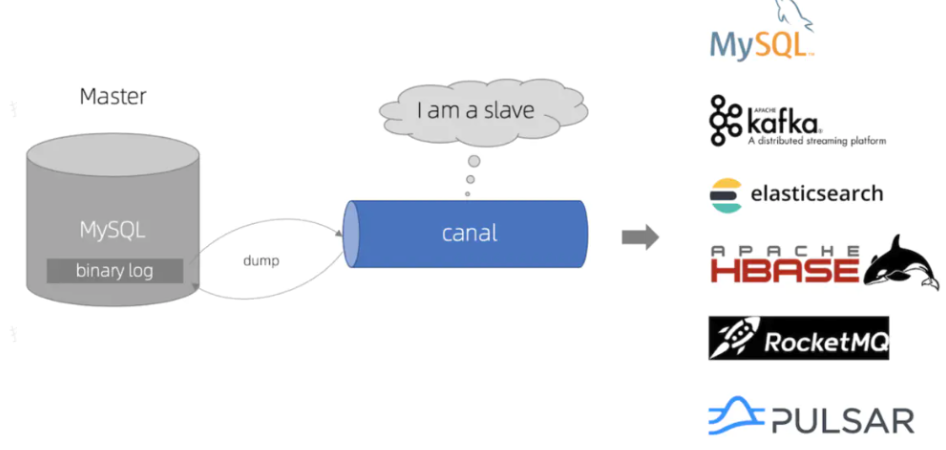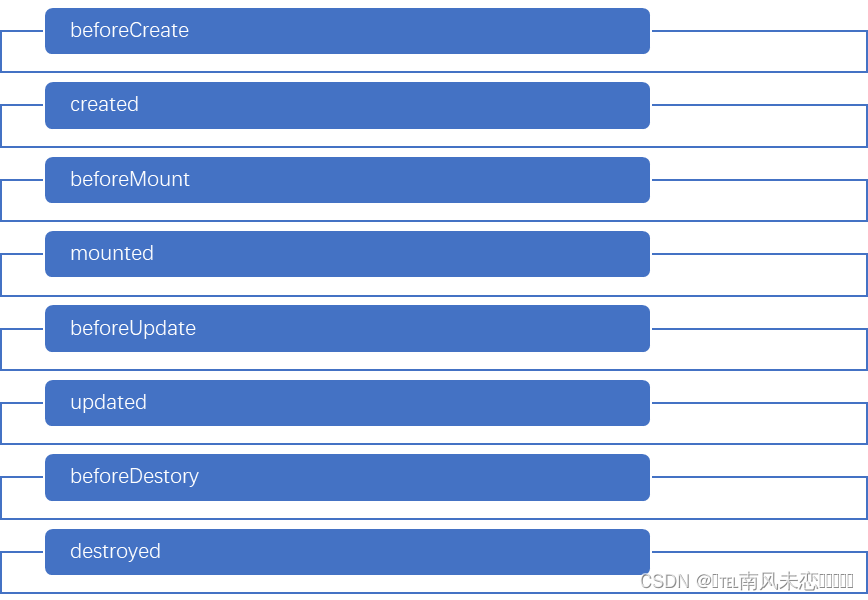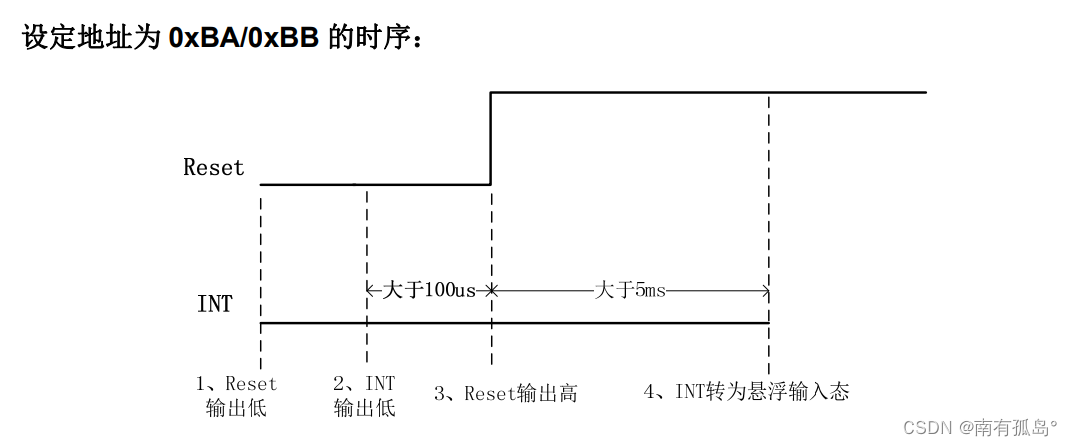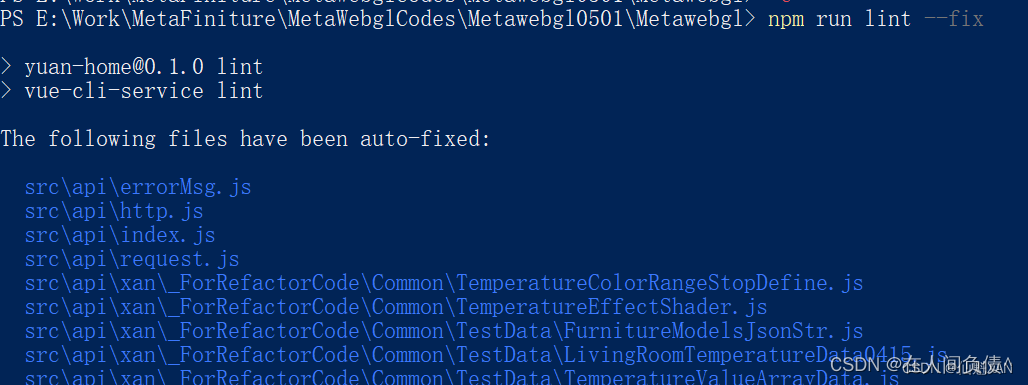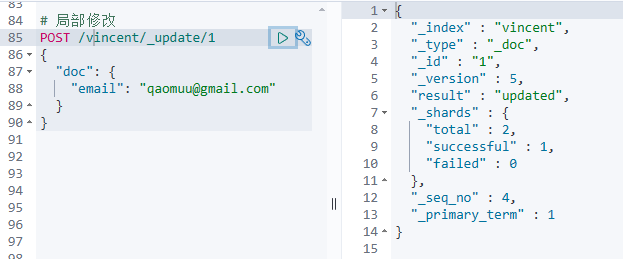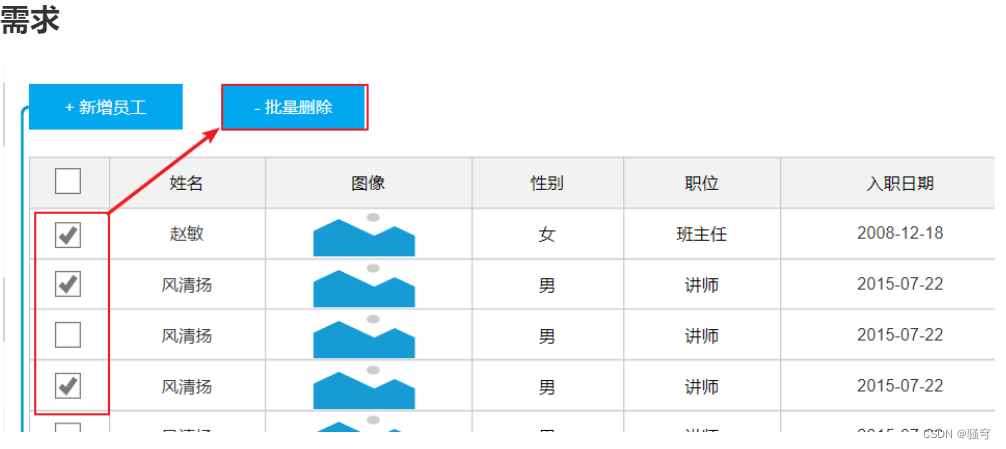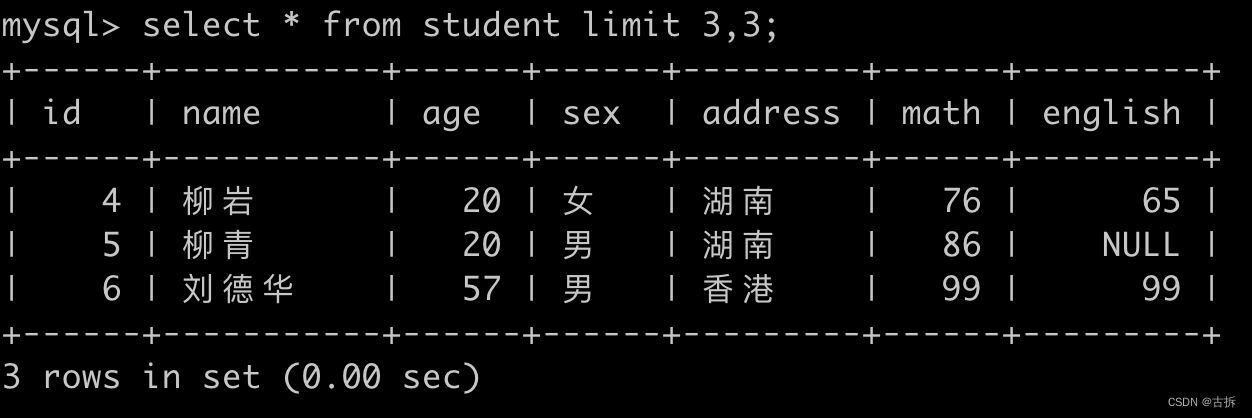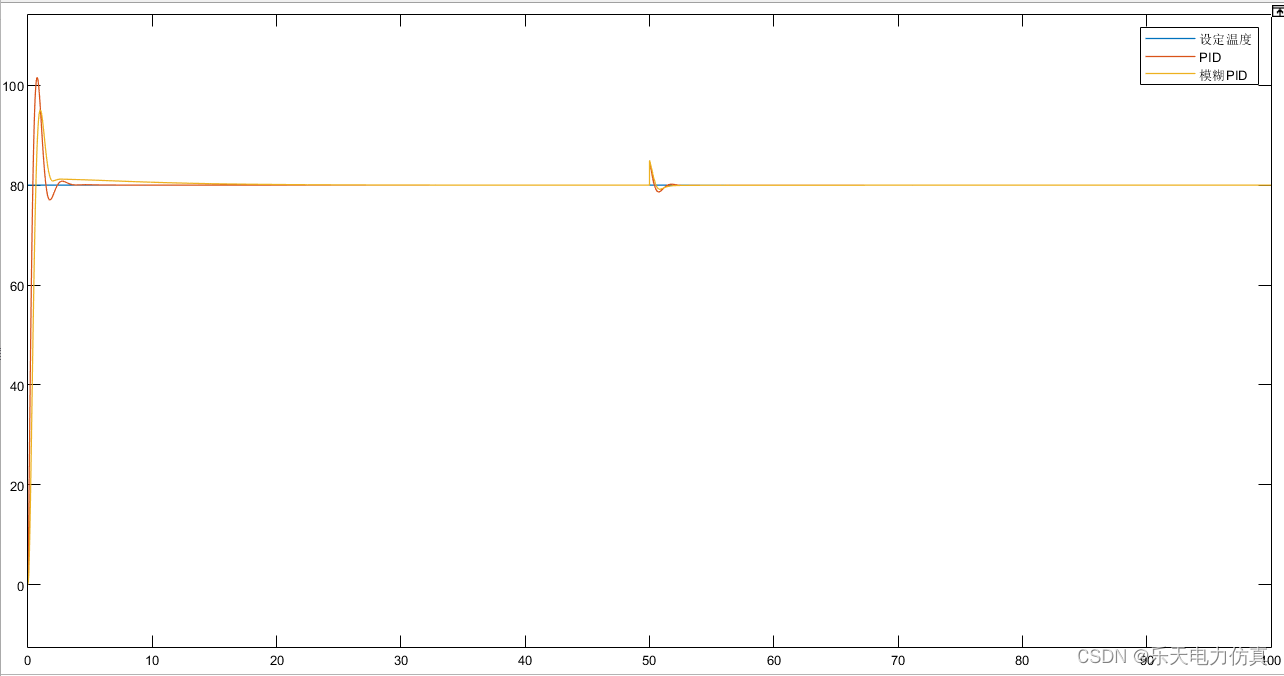
//add()和remove()方法在失败的时候会抛出异常(不推荐)
// 用offer 和poll 替代
import java.util.ArrayList;
import java.util.*;
/**
public class TreeNode {
int val = 0;
TreeNode left = null;
TreeNode right = null;
public TreeNode(int val) {
this.val = val;
}
}
*/
public class Solution {
public ArrayList<Integer> PrintFromTopToBottom(TreeNode root) {
ArrayList<Integer> res= new ArrayList<Integer>();
if(root==null)
return new ArrayList<Integer>();
Queue<TreeNode> queue = new LinkedList<TreeNode>();
//加入头节点
queue.offer(root);
while(!queue.isEmpty()){
// 层次遍历
// 弹出头节点 临时指针指向
TreeNode temp = queue.poll();
res.add(temp.val);
if(temp.left!=null){
// 加入左节点
queue.offer(temp.left);
}
//加入右节点
if(temp.right!=null){
queue.offer(temp.right);
}
}
return res;
/***
ArrayList<Integer> ---> int
int[]res = new int[ans.size()];
for(int i = o; i < ans.size(); i ++)
res[i] = ans.get(i);
return res;
offer,add 区别:
一些队列有大小限制,因此如果想在一个满的队列中加入一个新项,多出的项就会被拒绝。
这时新的 offer 方法就可以起作用了。它不是对调用 add() 方法抛出一个 unchecked 异常,而只是得到由 offer() 返回的 false。
poll,remove 区别:
remove() 和 poll() 方法都是从队列中删除第一个元素。remove() 的行为与 Collection 接口的版本相似, 但是新的 poll() 方法在用空集合调用时不是抛出异常,只是返回 null。因此新的方法更适合容易出现异常条件的情况。
peek,element区别:
element() 和 peek() 用于在队列的头部查询元素。与 remove() 方法类似,在队列为空时, element() 抛出一个异常,而 peek() 返回 null。
**/
}
}
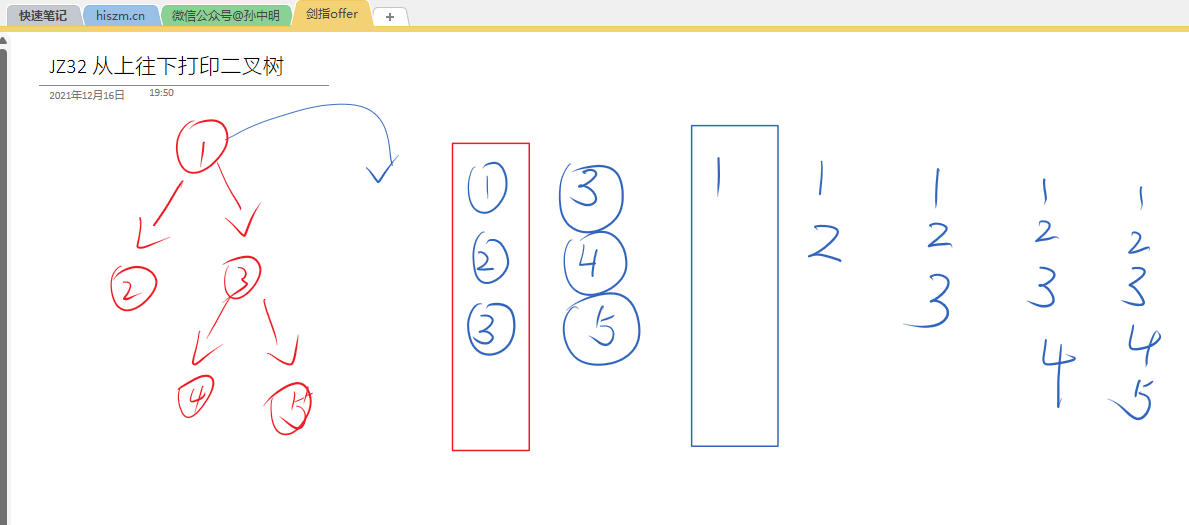
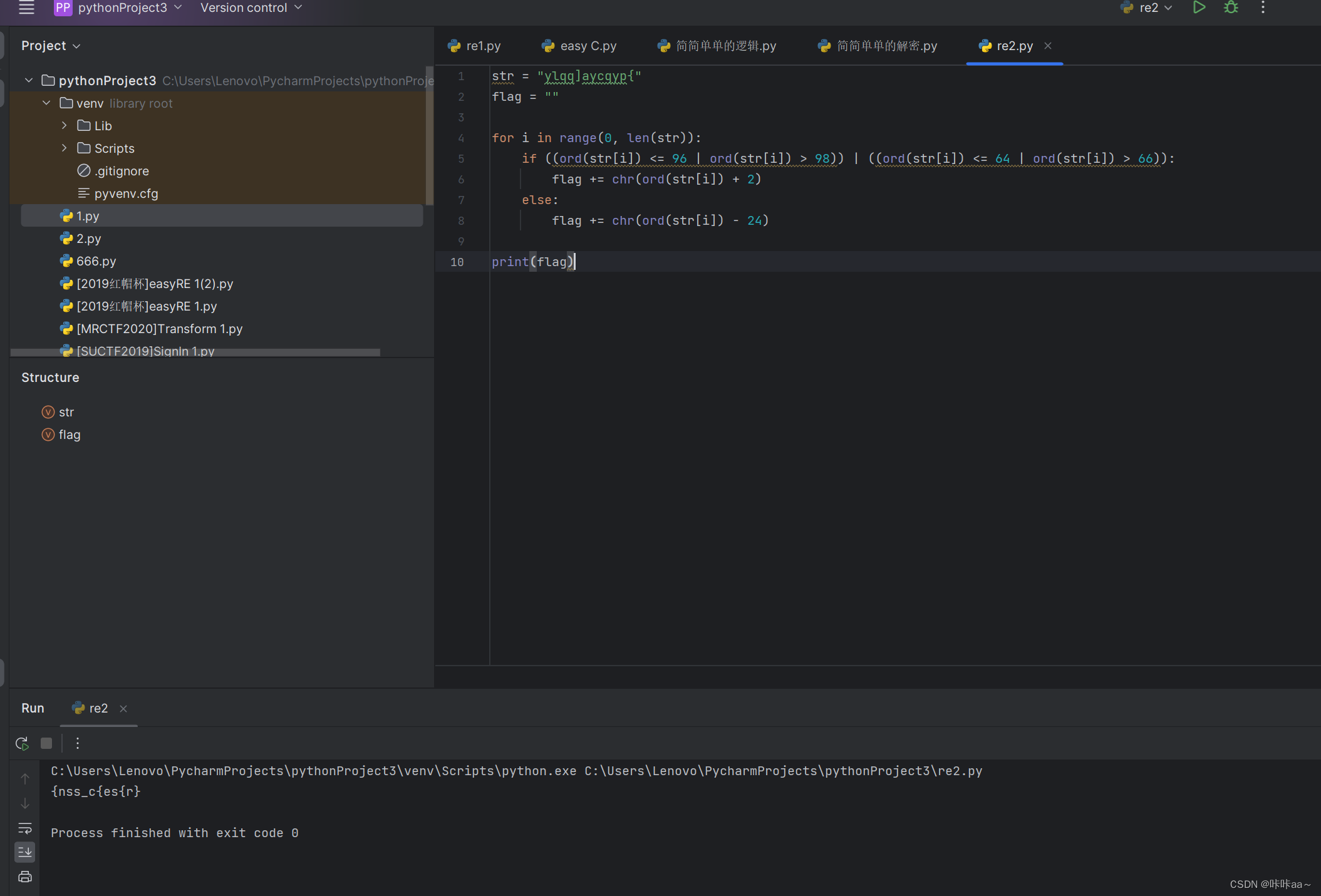
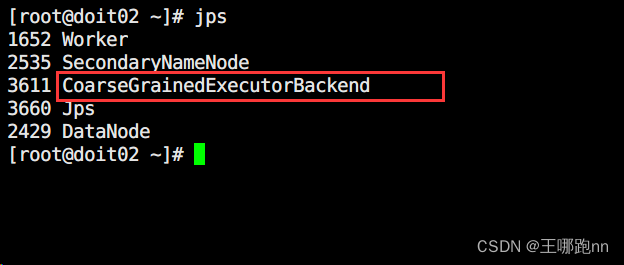
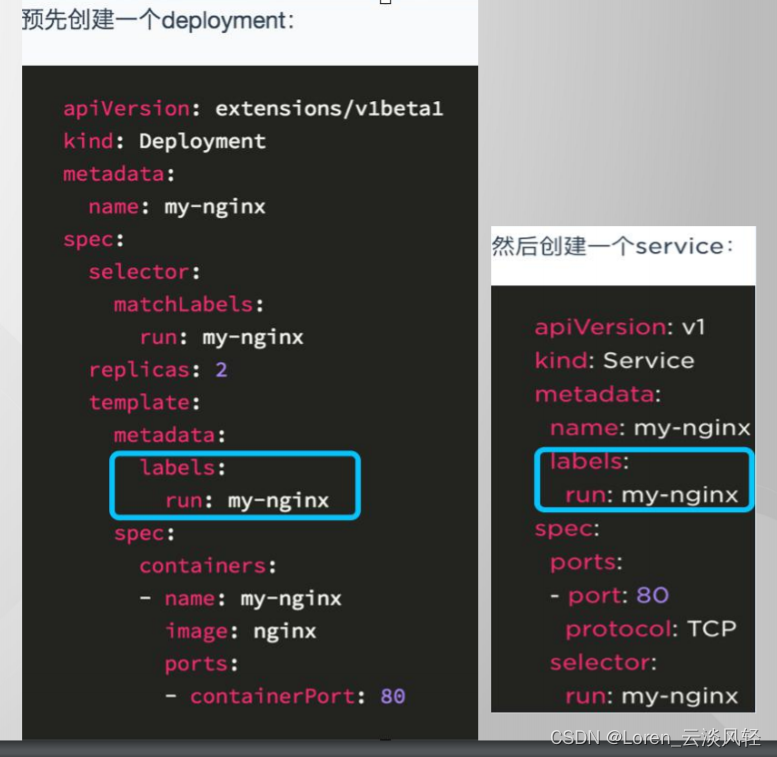

![[VCTF2024纳新赛]-PWN:ezhp_code解析](https://img-blog.csdnimg.cn/direct/00bb431959fc4e5fa295a7380b55b02a.png)

